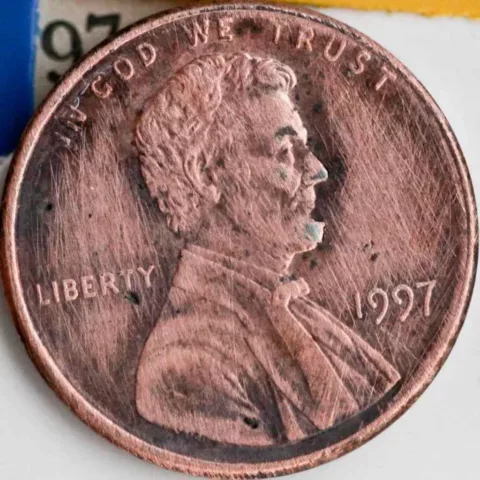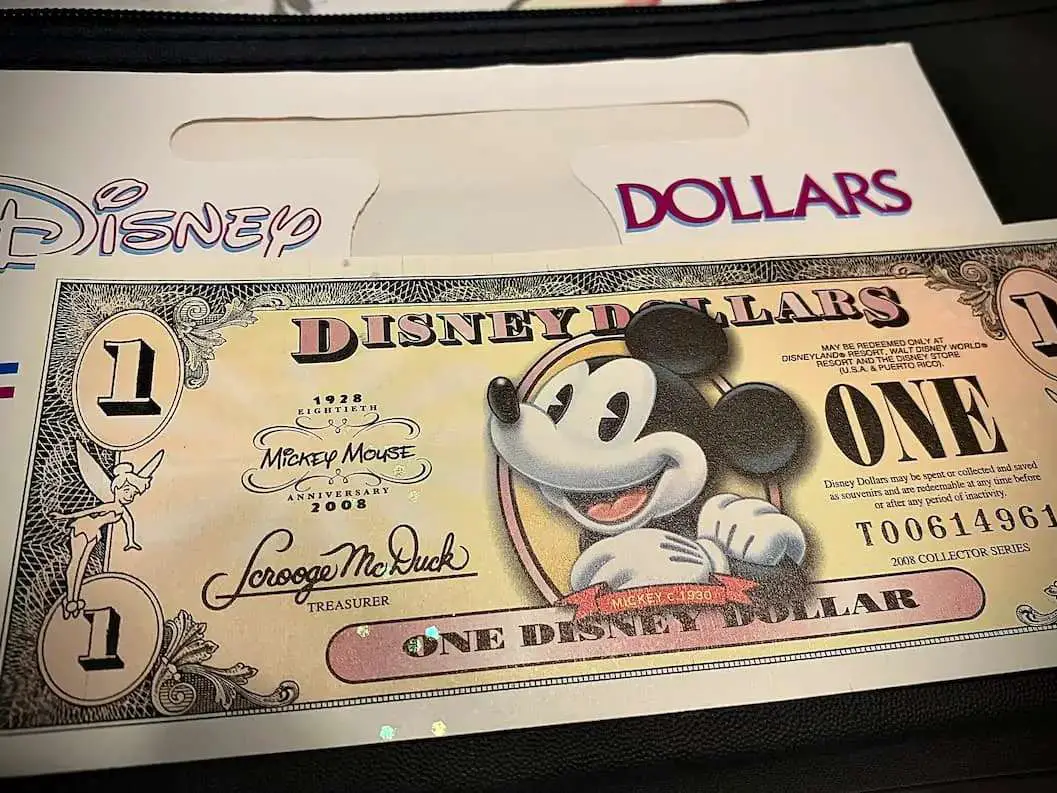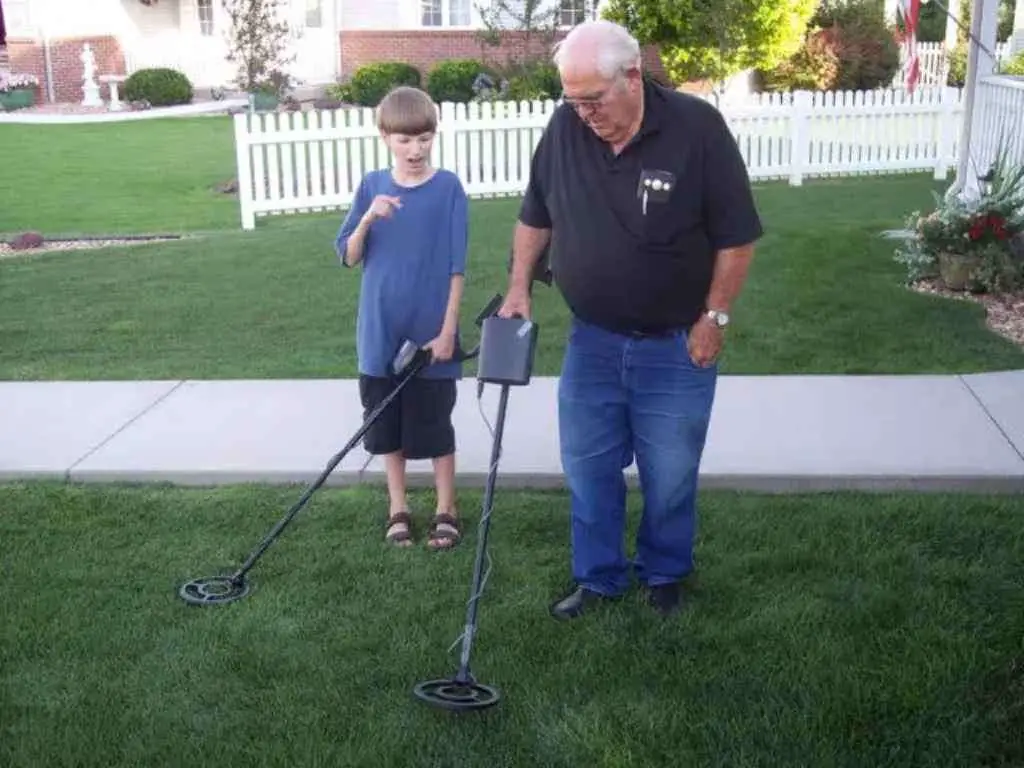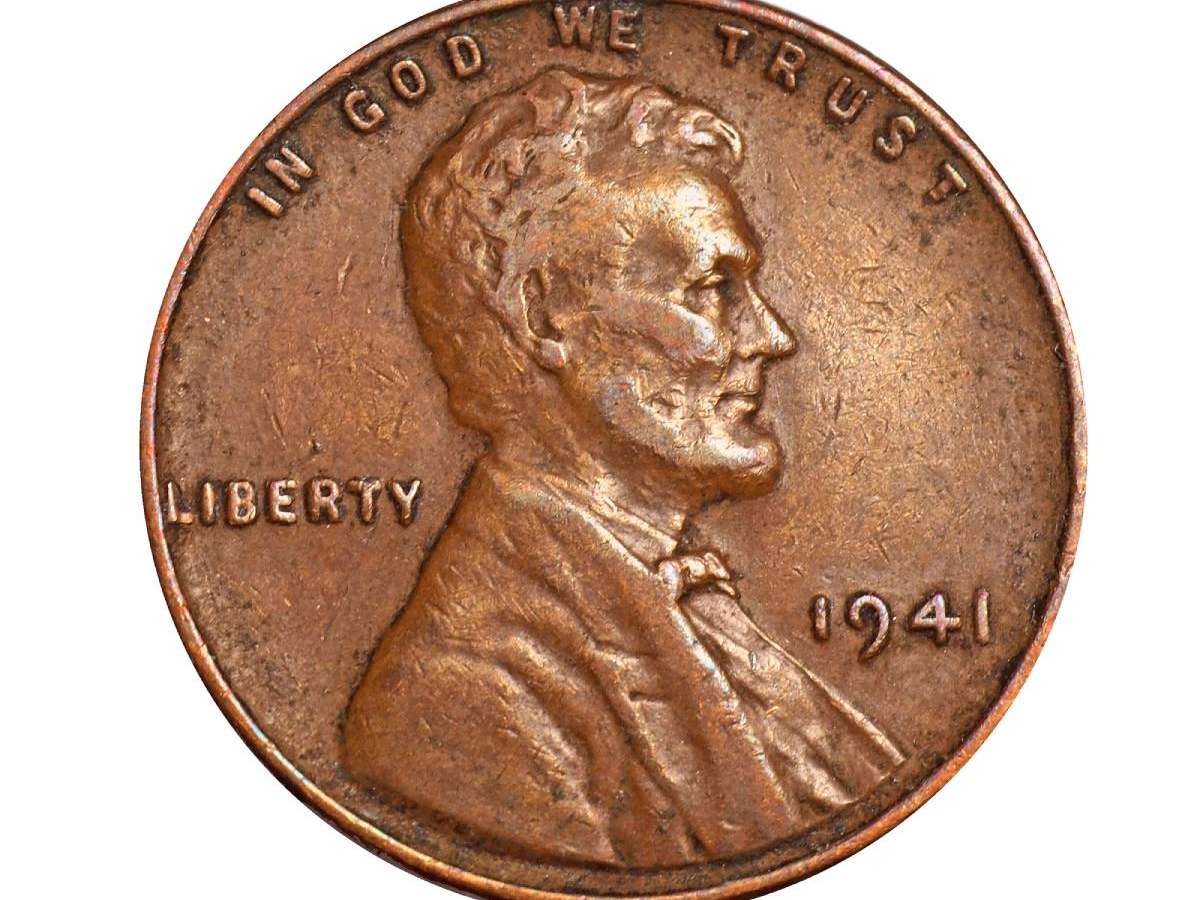
Some 1997 pennies are worth more than face value.
It’s true! But you’ve got to know what 1997 Lincoln pennies are worth the big bucks…
Some are safe to spend at their face value, and others are worth hundreds and even thousands of dollars.
So, what’s the difference between a 1997 penny worth one cent and rare 1997 pennies worth a lot of money?
Here’s everything you want to know about valuable 1997 Lincoln cents…
All 1997 Penny Values
There are 3 types of 1997 Lincoln cents, and each has a different value.
Let’s explore those values now…
1997 Penny Value (no mintmark)
The 1997 Lincoln penny from the Philadelphia Mint does not contain a little letter under the date — which is a common feature known as a mintmark.
A lot of people are aware of errors in which a coin is missing its mintmark and therefore assume that all coins without mintmarks are errors. But this isn’t true with most Lincoln pennies. While no mintmark penny errors definitely exist, any 1997 Lincoln cent you find without a mintmark merely signifies that it was made at the Philadelphia Mint and is, therefore, a normal coin.
Having said that, there are a lot of 1997 Philadelphia pennies to go around! So the 1997 penny without a mintmark is certainly not a rare coin.
The Philadelphia Mint struck 4,622,800,000 pennies in 1997 without a mintmark. Yes, you read that figure correctly. That’s more than 4.6 billion — with a “B”! So it might make a little more sense when you find out that these common 1997 pennies are worth only their face value if worn.
However, some 1997 pennies without mintmarks really are worth more than just a penny:
- All uncirculated 1997 no mintmark pennies (those never used as money and showing no wear) are worth at least 10 to 30 cents each.
- The most valuable 1997 penny without a mintmark ever sold was graded MS69RD by Professional Coin Grading Service and took $6,360 in a 2021 sale.
1997-D Penny Value (“D” mintmark)
The 1997-D Lincoln penny has a little “D” mintmark under the date — signifying that it was struck at the Denver Mint in Colorado.
Many collectors think that all pennies are supposed to have a little mint letter under the date. But in the case of 1997 pennies, the only letters you’ll find are seen on circulating pennies made at the Denver Mint and special ones struck for collectors at the San Francisco Mint. (More on that in a moment.)
You may not have to wait too long to find another 1997-D penny in your pocket change — because a total of 4,576,555,000 were made. And with more than 4.5 billion of these pennies released into circulation, there are plenty to find!
With a mintage figure that high, it’s safe to consider the 1997-D penny extremely common. And, with 1997-D pennies being so common, they are worth only face value if worn. In other words, if you find a 1997-D penny in circulation, it’s usually OK to spend it. But there are some exceptions:
- Uncirculated 1997-D Lincoln pennies are normally worth 10 to 30 cents and up.
- The most valuable 1997-D penny ever sold in an auction was graded MS68RD by Professional Coin Grading Service. It sold for $863 in 1997.
1997-S Penny Value (“S” mintmark)
The United States Mint struck special collectors’ versions of the 1997 penny — these were sold in special sets containing something known as proof coins.
What are proof coins?
They are coins made with highly polished blanks that are struck twice by specially prepared dies on high-tonnage presses. The result is a coin with tremendous detail, highly reflective surfaces, and the design and lettering (and other features) on the coin appear to be frosted — like icing.
How can you tell a 1997-S proof penny apart from an ordinary 1997 penny?
Recall a moment ago we were discussing the pennies made by the San Francisco Mint? (They have a little “S” mintmark under the date, and all 1997-S pennies were struck as proofs and included in proof sets.)
Some of these 1997 proof sets were broken apart. And, in a few cases, the 1997-S pennies were spent as regular money.
The most typical way you are likely to find a 1997-S penny is in a 1997 proof coin set — a total of 2,796,678 of the 1997-S pennies were made. You can buy a 1997-S proof set from a coin dealer.
- Individual 1997-S pennies (also sold by coin dealers) are generally worth $3 to $5 each.
- The most valuable 1997-S penny ever sold fetched $1,898 in a 2004 auction.
IMPORTANT: What Is The Grade Of Your 1997 Penny?
To determine the true value of your 1997 Lincoln cent, you first need to know what condition (or grade) your coin is in.
Grab a coin magnifier and a copy of the U.S. Coin Grading Standards book. Then, watch this video to see how to grade coins yourself at home:
These coin grading apps make grading coins yourself much easier.
A List Of Rare 1997 Penny Errors To Look For
Most 1997 pennies were made exactly the way they were intended to be, with the design and lettering all intact. But by looking through the coins in your loose change, you’ll notice that they don’t all look perfect.
Now, granted… most of the coins you find that may appear to have errors are really just exhibiting various signs of post-mint damage and are worth face value.
But there are some 1997 pennies with errors and varieties that are rare coins worth looking for in your spare change, including:
1997 Doubled Die Penny Error
A lot of people have heard of doubled dies, but they aren’t always sure if their coins are doubled dies.
It’s understandable that when someone sees what appears to be doubling on a coin, they’ll immediately think it’s a doubled die. But, in most cases, this doubling isn’t indicative of a doubled die at all. Rather, it’s a type of phenomenon known as machine doubling — a common thing that’s neither rare nor valuable.
There are some minor 1997 doubled die pennies out there with doubling of the coin’s lettering Lincoln’s eye, tie, or the columns of the Lincoln Memorial. These 1997 doubled die pennies are generally worth $20 to $50.
1997 Off Center Penny Error
You want a coin with a drastic error? A 1997 off-center penny will fill the bill!
Off-center errors occur when the dies are misaligned or a coin isn’t squared between the dies as it should be.
Among the most popular of errors, off-center pennies range in value from $3 to $10 to as much as $100 or more. A 1997 off-center penny that’s 3% to 5% askew is worth the lower end of that figure, while one that’s 50% off center yet still shows a complete date is worth closer to the higher side.
1997 BIE Penny Error
There’s a type of variety known as a die crack that occurs when a coin making die begins breaking — due to age or overuse. These cracks appear as raised bumps or ridges on the struck coin.
They can appear on any coin, but there’s a certain type that is unique to Lincoln pennies. It’s known as the BIE error.
BIE errors derive their name from the appearance of a vertical die crack between the “B” and “E” of “LIBERTY” and looking something like a capital letter “I.”
The 1997 BIE penny value depends on the size, shape, and magnitude of the “I” die crack — but generally ranges from $5 to $15.
READ NEXT: The Ultimate List Of U.S. Error Coins
I’m the Coin Editor here at TheFunTimesGuide. My love for coins began when I was 11 years old. I primarily collect and study U.S. coins produced during the 20th century.
I’m a member of the American Numismatic Association (ANA) and the Numismatic Literary Guild (NLG) and have won multiple awards from the NLG for my work as a coin journalist. I’m also the editor at the Florida United Numismatists Club (FUN Topics magazine), and author of Images of America: The United States Mint in Philadelphia (a book that explores the colorful history of the Philadelphia Mint). I’ve contributed hundreds of articles for various coin publications including COINage, The Numismatist, Numismatic News, Coin Dealer Newsletter, Coin Values, and CoinWeek.
I’ve authored nearly 1,000 articles here at The Fun Times Guide to Coins (many of them with over 50K shares), and I welcome your coin questions in the comments below!





